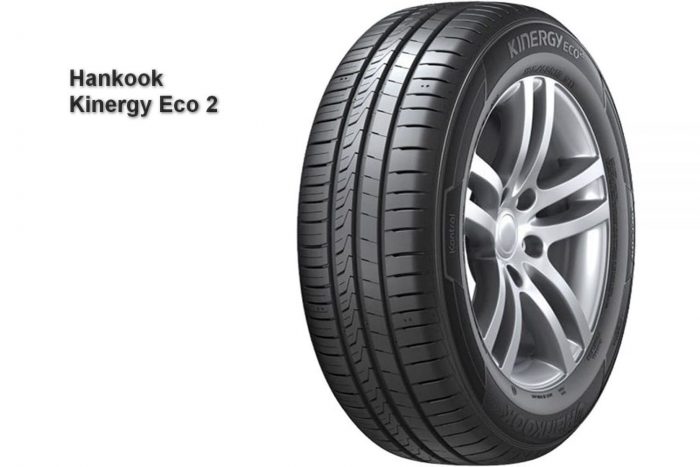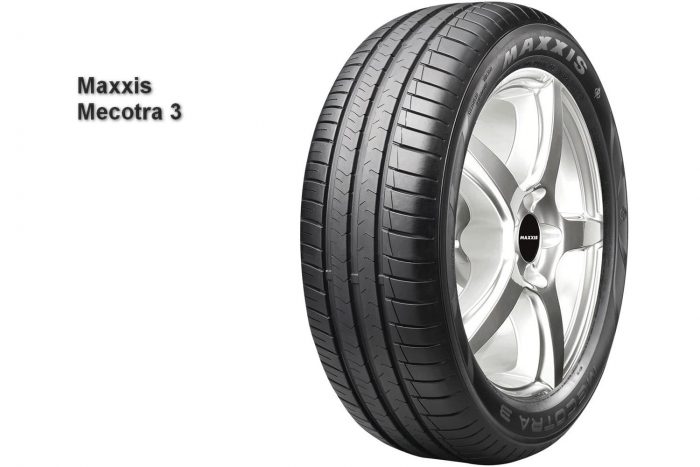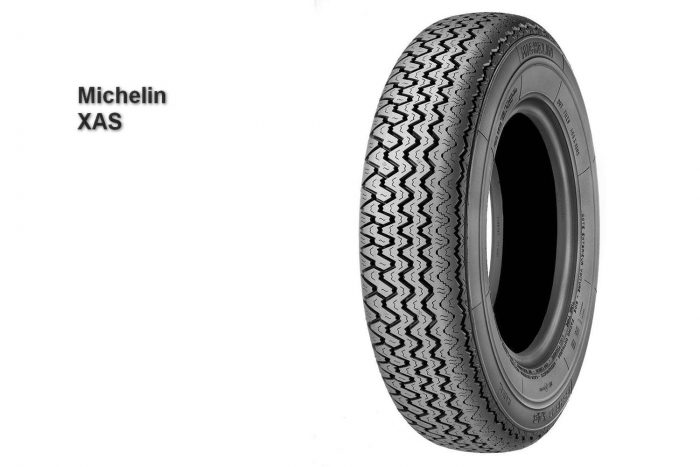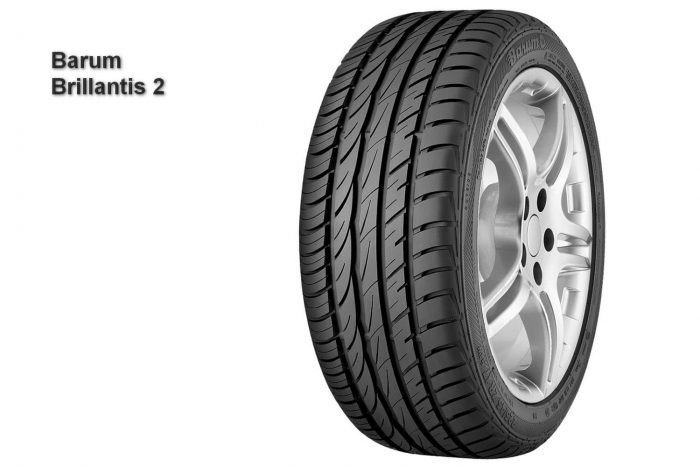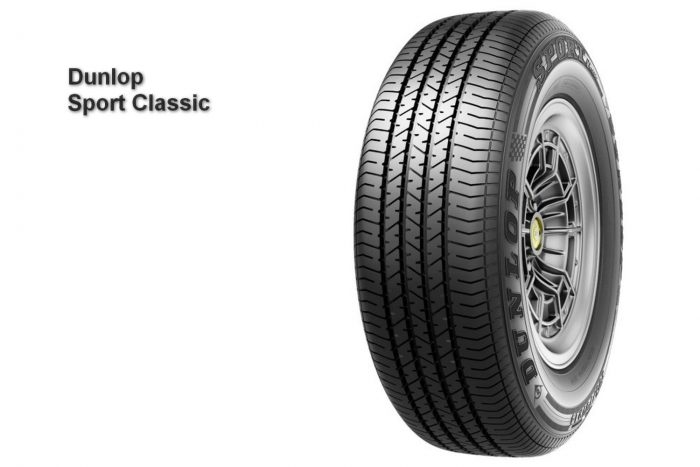Today we want to draw your attention to the test, held by the experts for the tires of 175/80 R14 size. The Auto Bild team decided to check whether modern tire models are suitable for use on classic cars or should tire for automobile classics match the historical ones as much as possible. Tire manufacturers have already realized that owners of vintage cars are willing to pay many times more for the vintage design of tires for their cars than owners of regular cars.
So the experts from the German edition Auto Bild Klassik have decided to find out how tires with modern and historical tread design in the size 175/80R14 differ from each other in performance characteristics. And what can old tire models like the Michelin XAS, which made a real splash on the market during its debut in 1965, do today.
Dutch tire manufacturer Vredestein also has a historic model in its portfolio, the Sprint Classic, which is made with a new rubber compound and improved materials. At the same time, Michelin and Vredestein vintage tires are designed exclusively for automobile classics and do not have the proper Euro marking, so they can be in-stalled only on cars made before October 1990.
Another test entrant from Goodyear’s Dunlop brand is already the next step in the retro car tire industry. Launched in 2017, the vintage Dunlop Sport Classic has modern features and a classic look. The tread compound and carcass construction were redesigned and adapted to the modern tread design. The combination proved to be so good that the Sport Classic has already won twice in the Auto Bild Klassik magazine tire tests.
Four current summer tire models of the medium price segment are also among the participants of the 2021 comparative tests. Note that premium tires in the size 175/80R14 are not available due to low demand for this size.
List of tested models:
- Barum Brillantis 2;
- Dunlop Sport Classic;
- Firestone Multihawk 2;
- Hankook Kinergy Eco 2;
- Maxxis Mecotra 3;
- Michelin XAS;
- Vredestein Sprint Classic.
The test vehicle was a 1981 Mercedes-Benz 280E W123 classic 185-horsepower sedan, and tire performance was rated on a scale of 6 (“unsatisfactory”) to 1 (“very good”). So let’s see which model got the highest results, and which appeared to be an outsider.
Test on Wet Surface
AQUAPLANING. Aquaplaning is a real danger in cars without electronic aids such as ESP and ABS. The narrow profile makes for unusually high driving speeds in standing water for almost all participants in this test. However, the Vredestein Sport Classic loses contact with the road 30 km/h before the leader in this discipline.
GOVERNABILITY. Good wet grip, precise steering, and a stable rear axle ensure safe driving. Hankook tires do it best. On historic Michelin tires, the test Mercedes-Benz skids much harder in a corner.
LATERAL STABILITY. Stable lap times in wet conditions are ensured by high lateral traction and structural rigidity. The Dunlop Sport Classic has the fastest wet lap time.
TRACTION. For better comparability, all braking tests were done on the Ford Fiesta with ABS. Here the Barum tires performed very well, while the braking distance on Michelin XAS tires was almost eight meters longer.
Test on Dry Surface
STEERABILITY. The Mercedes is very confident on the test lap on Michelin and Vredestein tires. At the same time, the Maxxis Mecotra 3 surprised the test driver with sharp oversteer and blurry responses to steering.
BRAKING. Braking distances on dry surfaces were also measured on a Ford Fiesta with ABS. The results were very solid. Braking distances of less than 40 meters, like those of Hankook and Maxxis tires, are considered very good for narrow mid-price segment tires.
ROLLING RESISTANCE. For fans of automobile classics, this discipline is of little interest. Nevertheless, the differences between the tires are enormous. The Maxxis, for example, has enormous potential in terms of fuel efficiency, allowing you to save almost nine percent more fuel than the Michelin XAS.
NOISINESS. External noise levels are measured with the engine turned off on a standardized surface. The differences between the tires are almost imperceptible. The quietest tires from Vredestein and Michelin have minimal advantages over the competition.
COMFORT. The 80-series tires naturally have good cushioning due to their high sidewalls, and the best candidates for “comfort queens” are Michelin, Maxxis, and Vredestein tires.
Conclusion
Dunlop Sport Classic tires failed their third consecutive victory in the Auto Bild Klassik test. The standard Hankook and Barum summer tires proved to be too good, but the test results clearly show that modern tire technologies, new rubber compound formulations, and modern materials can be effectively combined with the classic design. The best choice for those who want to save money will be Hankook Kinergy Eco 2 tires, and lovers of automotive classics will be satisfied with much more expensive Dunlop Sport Classic.




